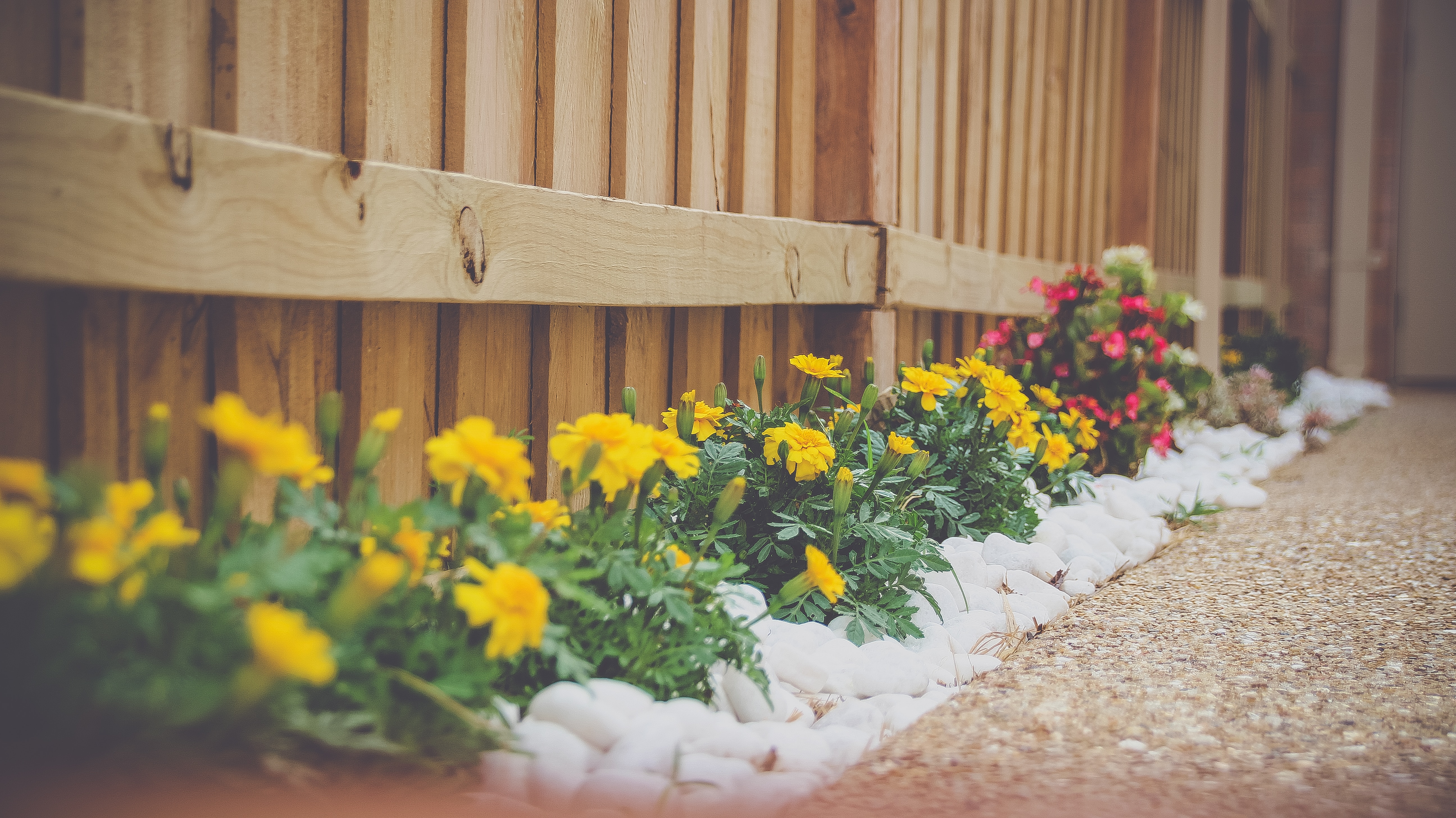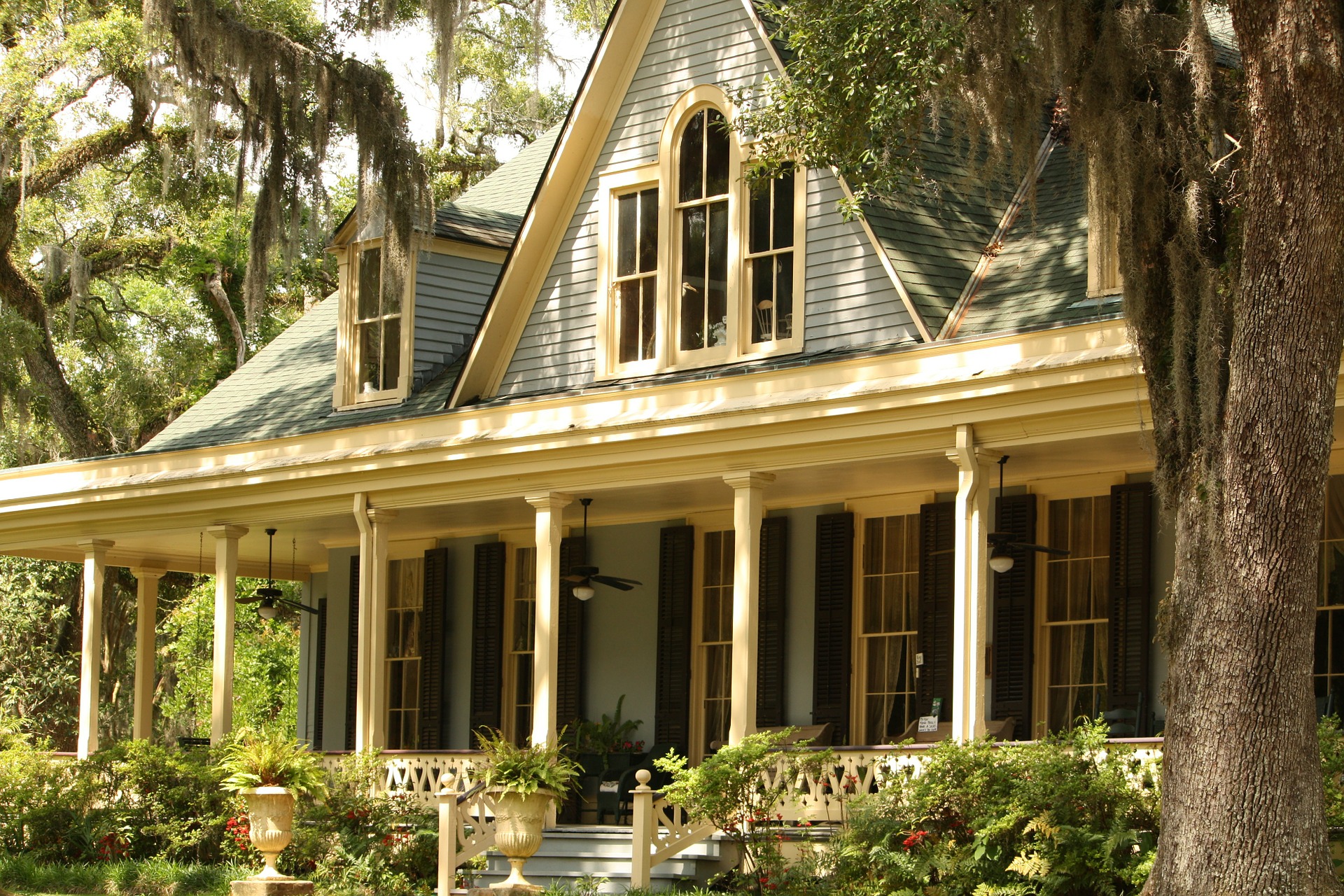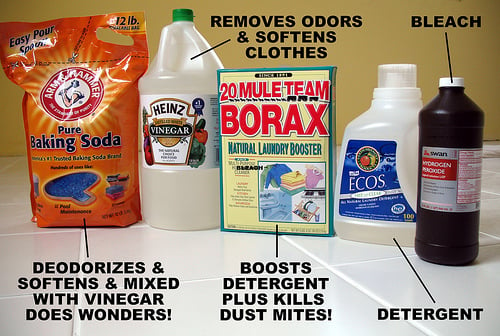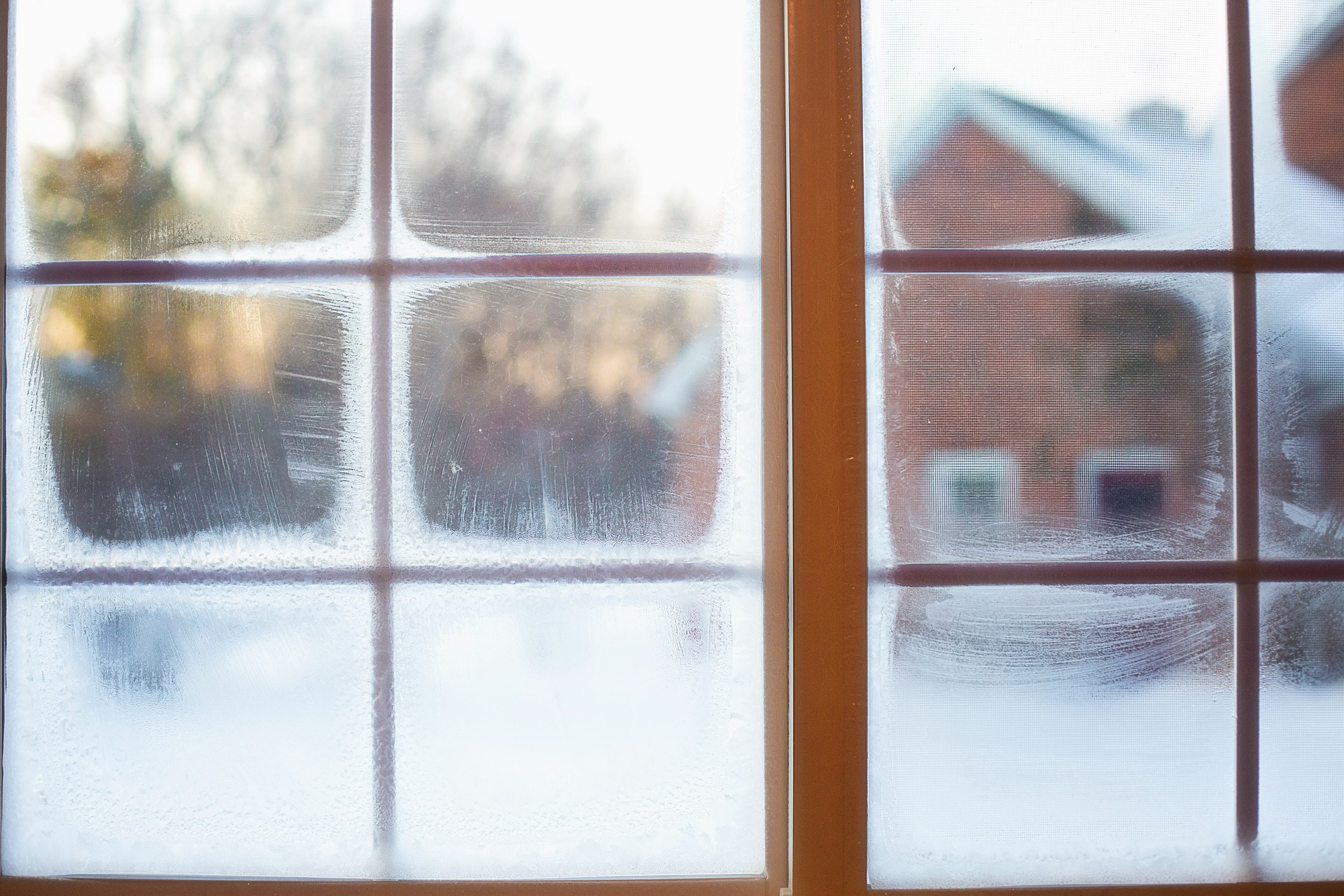Sprucing up your outdoor space can make your home look like new. But what if you don't exactly have a green thumb? It can be difficult to know where to start. Landscaping is an art and a science, as are most exterior renovation projects, and it takes a lot of experience to know what goes where. This is going to be a "crash course" in outdoor landscaping, and it'll give you a good starting point.
Assess the Current Status of Your Outdoor Landscaping
Go around your house to identify problem areas. Are there overgrown bushes? Areas where the grass is dead? Is there a big, empty spot where a lovely tree could be? Make a list of the problems, concerns, or simply opportunities for other things. If there are changes you've been planning on making throughout the year, now's the time to do it!
Plan Out Your Plants
Go to a nursery or gardening center for some ideas, and don't be afraid to ask questions. A local nursery is going to be able to give you details on the right plants for your purposes, and they will have the plants best suited to your local climate.
Don't just go to a big box store. Often they have national assortments of plants that may not do well in your area, and they may not have staff who are particularly knowledgeable on how to keep those plants alive.
Don't Forget About Color
One of the easiest ways to create a lively, impressive outdoor space is to think about color first. Introduce color in a number of ways — it doesn't have to be just with flowers. Trees and bushes can take on different colors depending on the season, and there are lovely shade plants that display an entire array of hues.
When all of your landscaping is a single, flat color, the result can be boring. You may have a number of different plants that look like one mass. Color makes things pop and differentiates the beautiful plants you spent so much time choosing.
Chart the Conditions of Your Yard
Make a rough drawing of your yard and take a look at how much sun or shade it gets. This will be absolutely critical. Plants tend to be full sun, partial sun, or full shade. They are going to suffer if they're placed in the wrong area, so you'll need to keep that in mind when deciding where plants are going to go. And don't forget that you may eventually block out some of that light if you're planting large trees.
Find Your Tools and Accessories
Once you know what you want to go where, it's time to get the right tools and accessories. You may need a shovel, spade, rotator till, and wheel barrow, depending on the extensiveness of the work that you're going to do. You'll also need to assess the dirt around your property — the more compact the dirt is, the more you may need heavy duty equipment.
Buy Gardening Soil and Mulch
You need to enrich your soil before you start to use it. People think dirt is dirt, but that's a way that you get unhealthy plants. Purchase gardening soil and till it into the areas that you're going to be working with. This will also loosen up the dirt so that plants can thrive. You don't want to place plants into packed earth, as their roots will have nowhere to go. Once you have planted the plants, the mulch will go over them to reduce weeds and retain water.
Look at the Calendar
Don't forget to look at the growing conditions before you start planting things. Depending on what you're planting, you may need to plant them during a certain season. Often, this isn't intuitive: you may want to plant some trees and bushes just before winter, so they can gain purchase and then go dormant for a little while before they start growing in earnest.
Consider Walkways and Paths
Now may also be a time to consider outdoor accessories, walkways, and paths. Landscaping isn't just about the plants, it's also about the features situated around those plants.
Do your walkways need to be redone? Could you use a different porch or new exterior doors? Your exterior landscaping includes both the actual landscape as well as the exterior of your home. That includes siding, trim, windows, and doors: features that will be noticeable and notable from outside.
Any exterior renovation, including landscaping, is a great way to reboot your home and make it look like new.











Comments